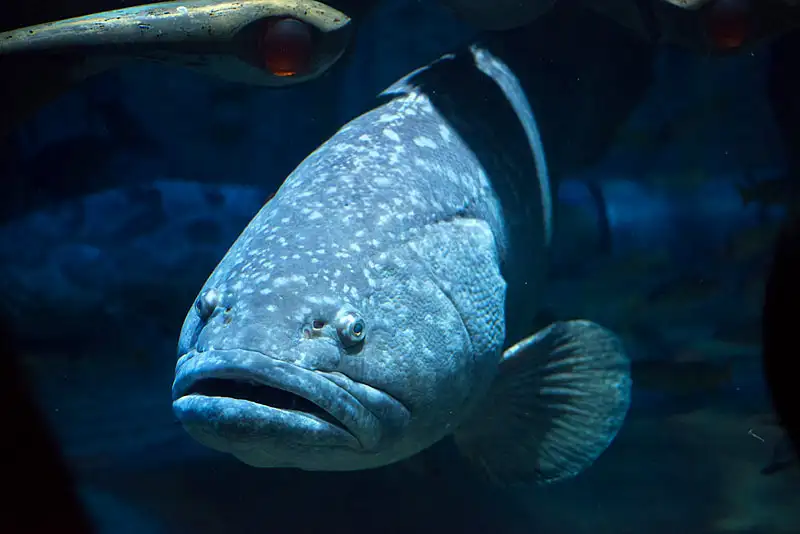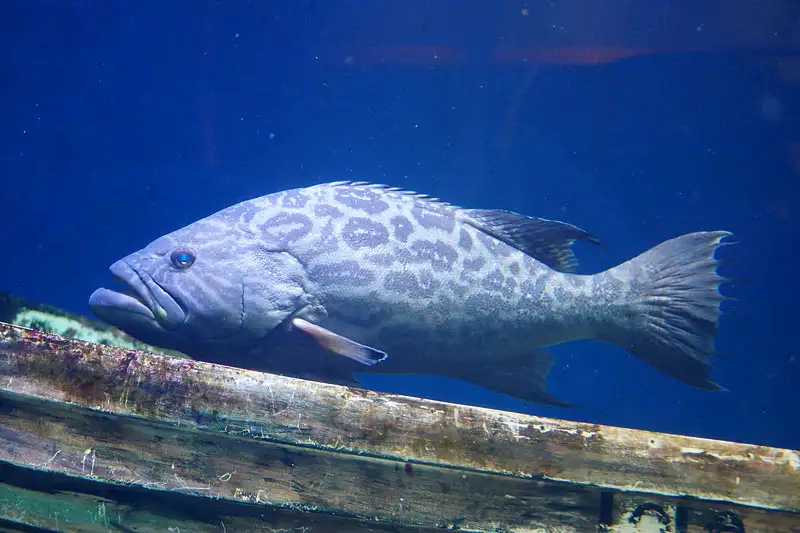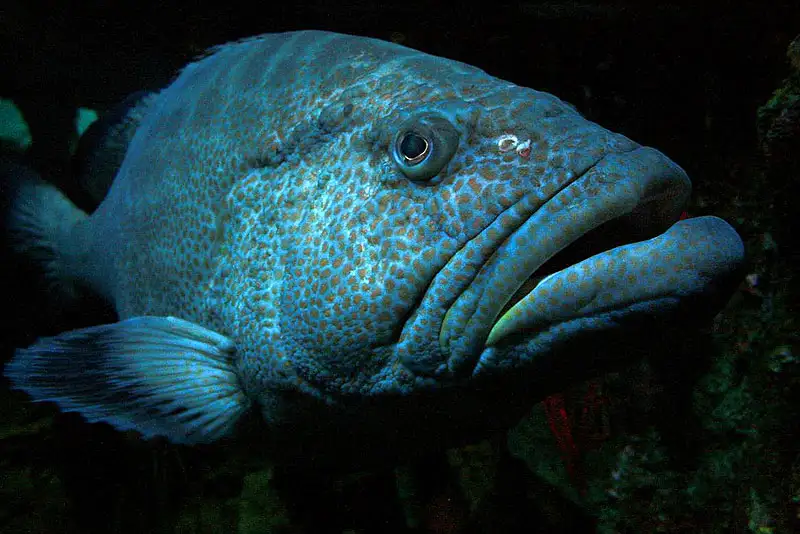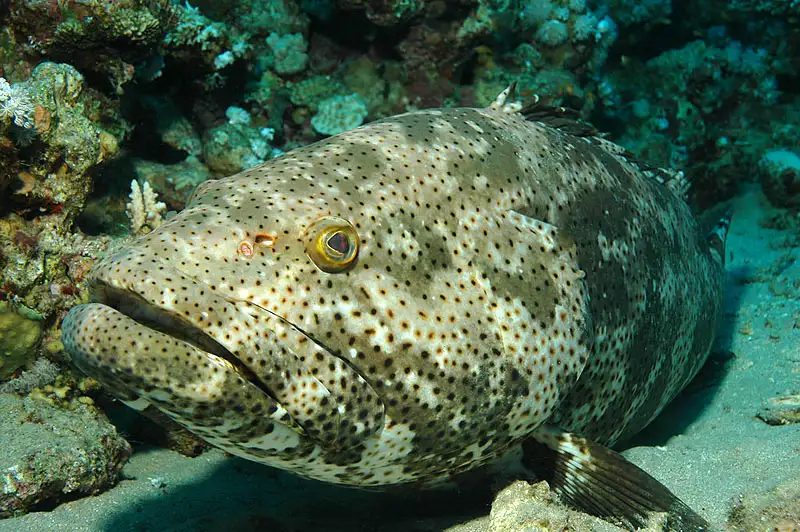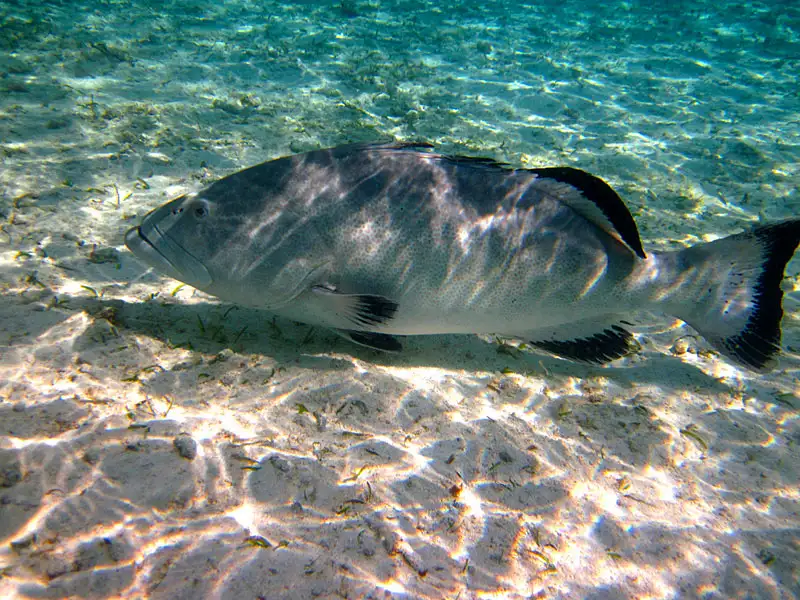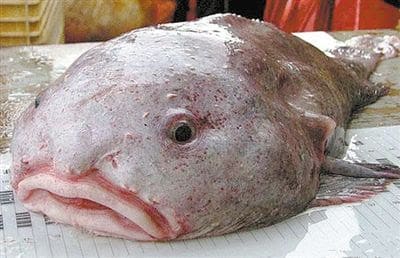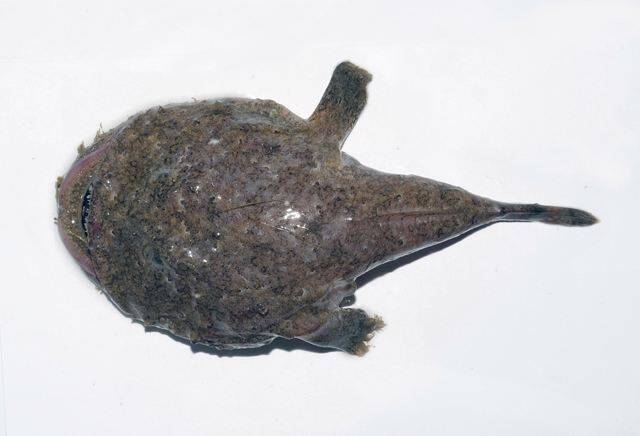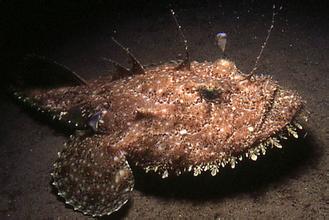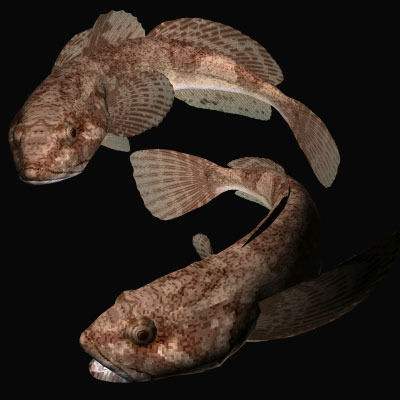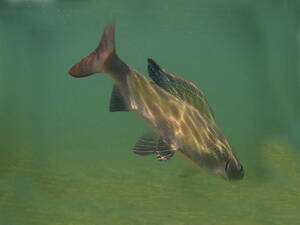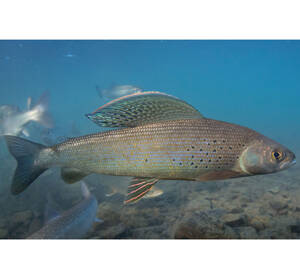Groupers
IUCN
LCBasic Information
Scientific classification
- name:Groupers
- Scientific Name:Epinephelus sp.
- Outline:Medium Fish
- Family:Serranidae Epinephelus
Vital signs
- length:Most 30–120 cm; giants >200 cm
- Weight:Commonly 1–30 kg; largest to tens/hundreds of kg
- lifetime:Often 10–40+ years
Feature
Benthic ambush predators; protogynous; seasonal spawning aggregations; late‑maturing, long‑lived, fishing‑sensitive.
Distribution and Habitat
Reefs/wrecks/shelf edges across the Atlantic–Indian–Pacific; some in mangroves/estuaries.
Appearance
Robust body, large mouth, projecting lower jaw; spots/blotches/reticulations; spinous‑soft dorsal fin; rounded/truncate tail.
Details
Epinephelus is a genus of serranid groupers—iconic benthic ambush predators of tropical and subtropical seas. Most species inhabit coral/rocky reefs and play significant ecological and economic roles.
Ecology & Biology
Diet: fishes, crustaceans and cephalopods—typical sit‑and‑wait hunters.
Reproduction: many species are protogynous hermaphrodites (female first, then male) and spawn in seasonal aggregations.
Behaviour: shelter in crevices/caves; crepuscular activity common; territorial tendencies in some taxa.
Growth: wide size range from medium to giant; generally late‑maturing, long‑lived.
Identification
Robust, fusiform to elongate‑oval body with a large mouth and slightly projecting lower jaw. Patterns include spots, blotches or reticulations; dorsal fin with spines and soft rays; rounded to truncate caudal fin. Species‑level ID relies on colour pattern, scale counts, fin formulae and head spination.
Size & Longevity
Length: typically 30–120 cm; giants can exceed 200 cm.
Weight: commonly 1–30 kg; largest species may reach tens to hundreds of kilograms.
Life: often 10–40+ years depending on species.
Range & Habitat
Widespread in the Atlantic, Indian and Pacific across coral/rocky reefs, wrecks and shelf edges; some enter mangroves/estuaries.
Fisheries & Management
Fisheries/aquaculture: high market value; overfishing and exploitation of spawning aggregations cause declines.
Management: size limits, seasonal closures, gear restrictions, MPAs and catch controls; traceability to reduce illegal trade.
IUCN: this is a genus‑level overview; statuses vary widely among species (LC–EN). Marked here as Not Evaluated (NE).
FAQ
Q1. How to tell groupers from snappers? Groupers are more robust with larger mouths and slightly projecting lower jaws; dorsal fin with stout spines; patterns often spots/reticulations.
Q2. Why protect spawning aggregations? Because many Epinephelus are protogynous and aggregate to spawn—heavy fishing there rapidly erodes population replenishment.
Q3. Any food‑safety issues? In some tropical areas large reef predators may carry ciguatera toxins; follow local advisories (educational note).
Q4. Are all species threatened? No—assessments range from Least Concern to Endangered; management must be species‑ and region‑specific.

